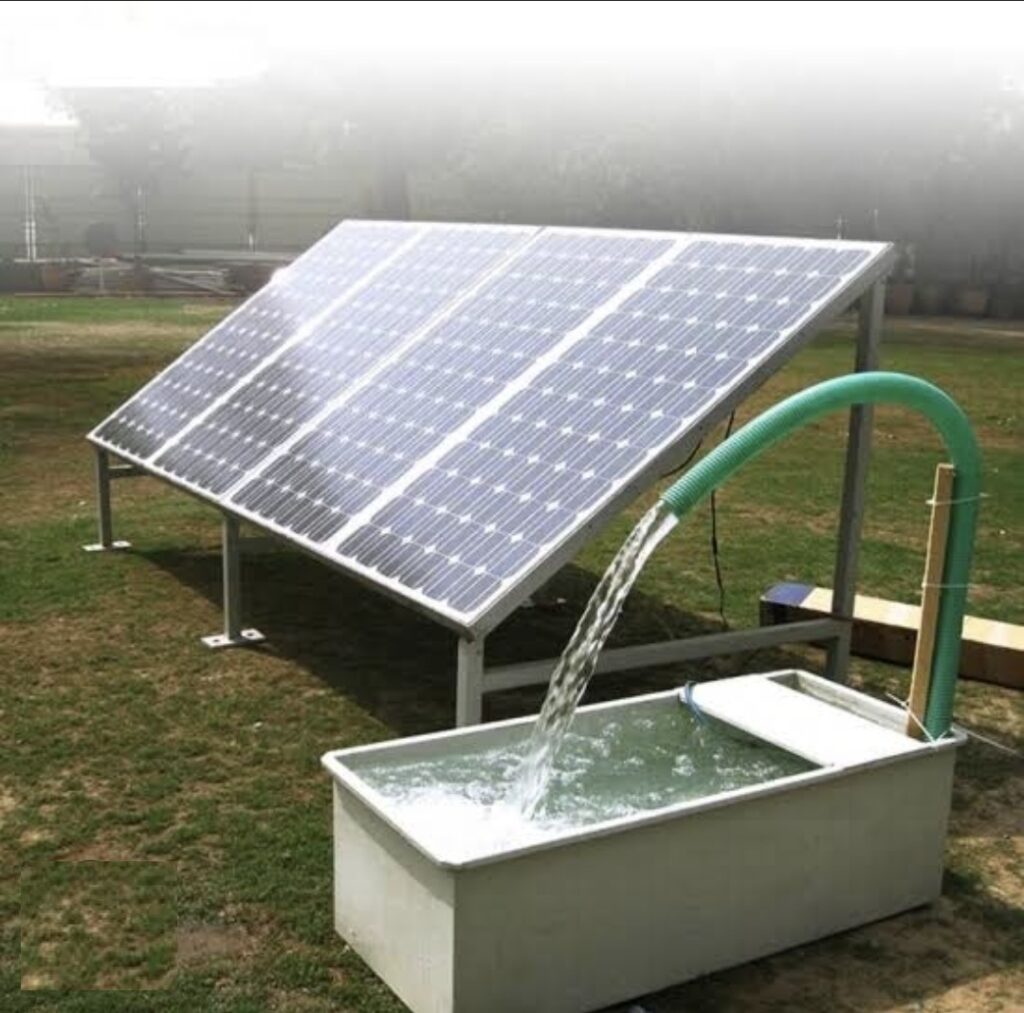
Solar panels and solar systems
September 12, 2024Solar panels
Solar panels are usually arranged in groups called arrays or systems. A photovoltaic system consists of one or more solar panels, an inverter that converts DC electricity to alternating current (AC) electricity, and sometimes other components such as controllers, meters, and trackers.
Solar panels are those devices which are used to absorb the sun’s rays and convert them into electricity or heat. Description: A solar panel is actually a collection of solar (or photovoltaic) cells, which can be used to generate electricity through photovoltaic effect.
Size and Capacity: Solar panels are smaller in size compared to solar modules. Their wattage capacity typically ranges from a few watts to several hundred watts. Meanwhile, solar modules are larger structures comprising multiple panels, offering higher power outputs, often exceeding several kilowatts.
A solar cell is a single electrical device that converts sunlight into electricity through the photovoltaic effect. A solar panel, on the other hand, is an assembly of multiple solar cells linked together to increase the total electrical output for practical use.
Solar panels are usually made from silicon, or another semiconductor material installed in a metal panel frame with a glass casing. When this material is exposed to photons of sunlight (very small packets of energy) it releases electrons and produces an electric charge
SOLAR energy power system
Creating a solar power system involves more than just solar panels. While most people recognize solar panels from homes and businesses, many aren’t familiar with the other critical solar system components involved. These components include the solar panels, inverters, batteries, charge controllers, and mounting systems.
Solar technologies convert sunlight into electrical energy either through photovoltaic (PV) panels or through mirrors that concentrate solar radiation. This energy can be used to generate electricity or be stored in batteries or thermal storage.
The 5 main types of solar energy are Photovoltaic (PV) Solar Energy, Solar Thermal Energy (STE), Concentrated Solar Power (CSP), Passive Solar Energy, and Building-integrated Photovoltaics (BIPV)
The three main types of solar power systems are:
- On-grid – also known as a grid-tie solar system.
- Off-grid – also known as a stand-alone power system.
- Hybrid – Solar system with battery storage with grid-connection.
Photovoltaic systems generally consist of six individual components: the solar PV array, a charge controller, a battery bank, an inverter, a utility meter, and an electric grid. The correct installation of all of these components determines how efficient the solar panels are.
The installation of a solar system can be challenging, especially without electrical experience. This guide aims to help beginners understand the various solar system components and their functions, ensuring a smooth transition to solar energy for your home or vehicle.
- A solar panel system includes several crucial components: solar panels (the array), racking and mounting fixtures, inverters, a disconnect switch, and an optional solar battery for energy storage.
- Although a DIY approach to installing a solar system may seem appealing, it is typically recommended to hire a professional solar installer to ensure a smooth and safe installation process.
The main solar components that come with every solar power system or solar panel kit are:

- Solar panels
- Racking and mounting equipment
- Inverters
- Disconnect switch
- Solar Battery
- Charge Controllers (optional)
- Backup Power(optional)
Solar panel use and installation in East Africa and KENYA is vital important due to lack of energy, cost of energy and availability in Rual areas. In addition to that Sur exposure is one of the best places because of Ekvador line. There are many advantages of using

